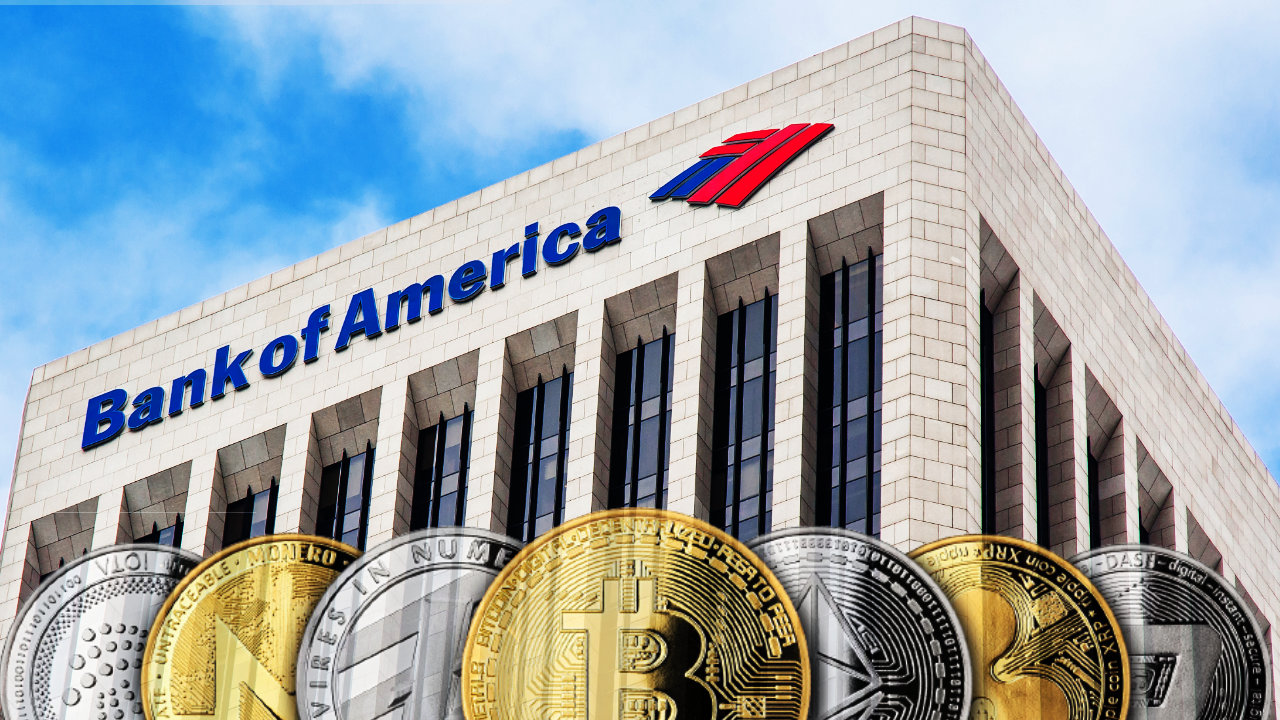The Shifting Landscape of Prediction Markets and Cryptocurrencies
In recent weeks, prediction markets have captured trader attention as they process an astounding $1 billion in bets revolving around the next U.S. presidential election. Amidst rising stakes, the battle between Donald Trump and Kamala Harris is heating up, yet the implications spread far beyond this electoral contest. The broader narrative intertwines the vibrancy of prediction markets with the ongoing discourse around cryptocurrencies, especially as various nations grapple with their place in a changing international financial landscape.
Trump vs. Harris: A Race to Watch
On Polymarket, a leader in prediction markets, Kamala Harris has consistently held a slight edge over Donald Trump, currently leading by just a point. Despite this close tally, the prediction landscape, as illuminated by recent data, suggests that Harris is expected to secure key swing states such as Pennsylvania and Michigan. Historically Democratic, these states flipped to Trump in the politically turbulent election of 2016, highlighting the importance of swing state dynamics that often define electoral outcomes.
 Trends in prediction markets often reflect broader sentiments in battleground states.
Trends in prediction markets often reflect broader sentiments in battleground states.
Wisconsin emerges as a microcosm of electoral volatility, where polling data indicate a mere two-point gap—49% for Harris, 47% for Trump. However, Polymarket places Harris ahead in this battleground too, valuing her shares at $0.56 versus $0.44 for Trump. Each share reflects gamblers’ predictions, underlining how financial bets may diverge from traditional polls, suggesting an increasing validity for politically-inclined wagering.
One compelling question arises: are these prediction markets more reflective of actual outcomes than conventional polling? With the evolving role of technology in political forecasting, traders appear to be developing insights that traditional pollsters struggle to grasp. As these markets continue gaining traction, it’s worth analyzing whether they might surpass mainstream polling methodologies in terms of accuracy.
Bitcoin’s Bullish Case, Yet Skepticism Persists
Turning to the realm of cryptocurrencies, there stands a strong bullish argument for Bitcoin, nurtured by recent U.S. Federal Reserve rate cuts and liquidity injections from the People’s Bank of China. Bitcoin enthusiasts are watching keenly as trading volumes increase, but Polymarket traders seem less optimistic, pricing a mere 41% chance that Bitcoin will breach $65,000 by October 4. This skepticism may stem from concerns about the cryptocurrency entering “overbought” territory, potentially leading to a timing error that could precipitate a pullback.
 Bitcoin’s trajectory continues to intrigue traders, albeit with caution.
Bitcoin’s trajectory continues to intrigue traders, albeit with caution.
Conversely, Kalshi markets exhibit a more optimistic outlook, currently asserting a 47% probability that Bitcoin will finish the year above $75,000. Such contrasting views encapsulate the complexities of cryptocurrency trading, accentuating the need for strategic navigation among retail investors and seasoned traders alike.
Emerging Economies Seek Alternatives to the Dollar
As the world pivots towards a post-dollar landscape, it becomes evident that countries like India, China, and Russia are actively seeking alternatives to the USD in international trade. The ongoing sanctions against Russia have left significant capital stranded globally, with Indian investments caught in the grip of geopolitical tension. Recent initiatives by Russia to legalize cryptocurrencies for settling international trade hint at a broader ambition to create a decentralized financial ecosystem, one that could circumvent typical U.S. dollar dependencies.
India’s recent regulatory flirtations with cryptocurrency exchanges signal a growing recognition of the need for flexibility and innovation in international transactions. Despite concerns, the potential embedded within cryptocurrencies could pave the way for transformative engagement among countries seeking economic sovereignty. On the flip side, regulatory challenges loom large as nations tread cautiously on the murky waters of digital currency, hindered by a complex blend of legislation and public opinion.
 The evolution of a non-dollar regime can reshape global markets.
The evolution of a non-dollar regime can reshape global markets.
The Future of International Transactions
As nations recalibrate their financial strategies, it becomes apparent that effective infrastructure must accompany any new currency regime. The future of international transactions rests not solely on the adoption of a cryptocurrency but on the complete ecosystem that supports it. Countries will require agreements on security, regulations, and operational standards before a non-dollar transaction system can flourish.
As geopolitical tensions persist, the urgency for collaborative frameworks among non-U.S. aligned countries will drive this dialogue forward. However, traditional bilateral issues and mutual distrust may hinder swift progress. While trade continues to expand in other dimensions, the quest for a reliable, widely-accepted alternative to the dollar will no doubt characterize the financial landscape in the coming years.
Conclusion: Navigating Uncertainties in the Digital Age
As we observe the evolving interplay between prediction markets and cryptocurrencies, a complex narrative unfolds about political, economic, and cultural implications at play. The rise of platforms like Polymarket and Kalshi reveals a shift in how financial predictions are derived, potentially challenging the long-standing credibility of polls. Meanwhile, the robust discussions surrounding alternative currencies underscore a pivotal moment in international finance, suggesting that as nations navigate uncertainty, the adoption of cryptocurrencies might eventually pave the way for enhanced economic collaboration.
Engaging with these developments not only reflects our time’s urgency but also poses fundamental questions about the structure of future financial systems at large. It will require adaptive strategies and prudent foresight to weather the uncertainties of this digital age.















